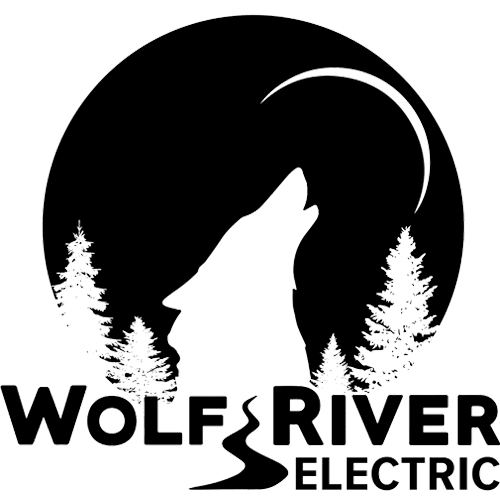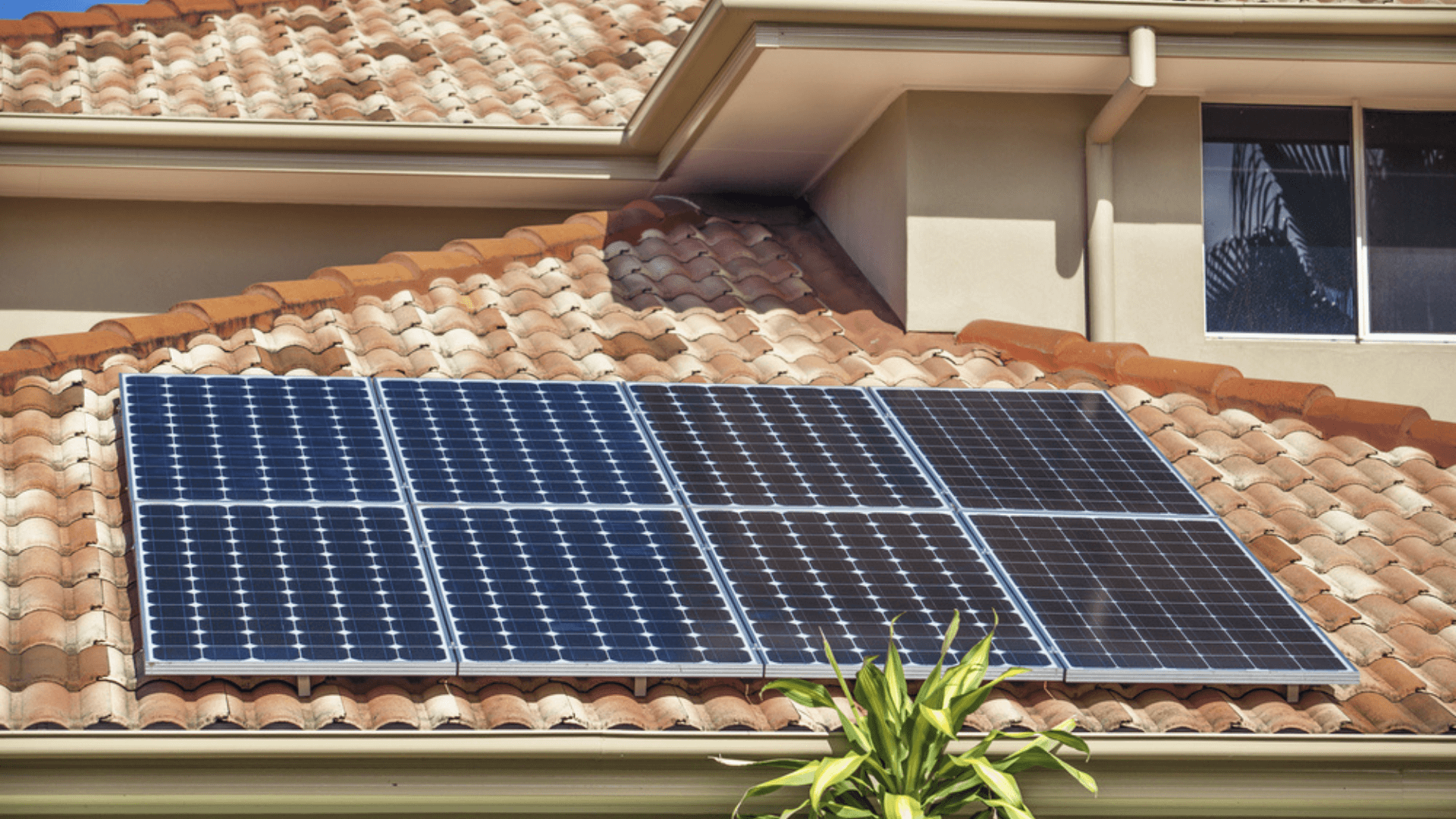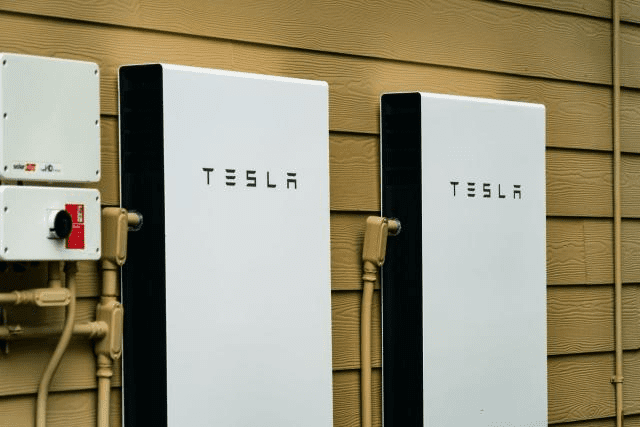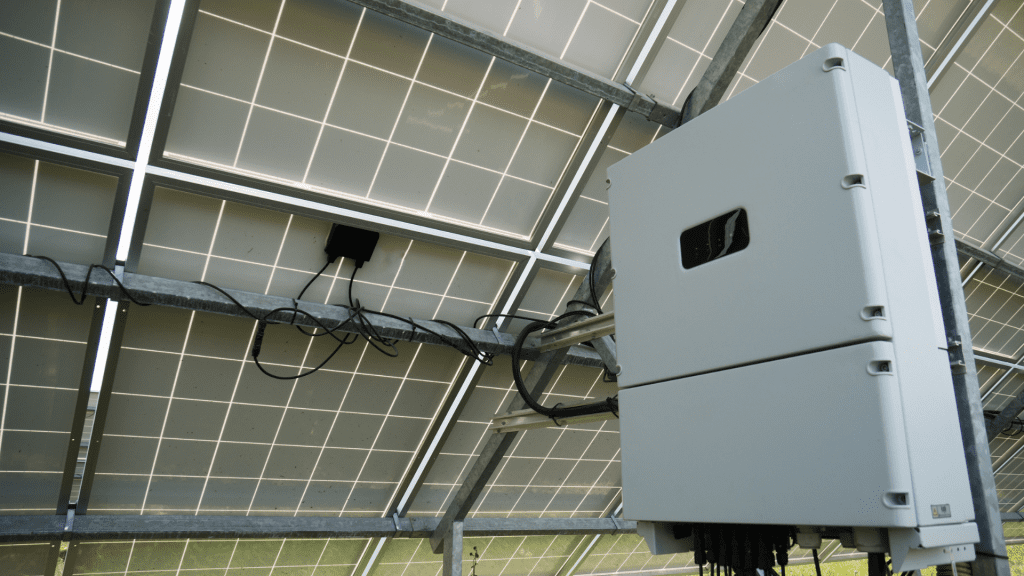Imagine an unexpected hail storm pelts your neighborhood, leaving behind a trail of destruction. Cars dented, roofs battered, and windows shattered. But what about your panels? Can hail damage solar panels?
At Wolf River Electric, where solar solutions meet innovation, we’ve seen the havoc nature can wreak on our energy systems. Hail damage on solar panels isn’t just a theoretical concern—it’s a real threat to your investment in renewable energy.
We’ll dive into the risks, realities, and solutions surrounding hail and solar panels, shedding light on what you need to know to safeguard your sustainable power source.
Go Solar Today!
How Hail Can Damage Your Solar Panels
Hail can cause solar equipment damage
Hail, depending on its size and speed, can harm solar panels. When hailstones strike the panels, they can create dents, scratches, or even crack the glass covering. These impacts compromise the structural integrity of the panels, potentially leading to reduced efficiency or, in severe cases, rendering them inoperable.
Luckily, most solar panels have higher impact resistance and tempered glass, specifically designed to withstand hail impact. Otherwise, you may still want to take extra precautions to reduce the direct force of hailstones.
Hail can reduce solar panel system performance
Even minor damage caused by hail can affect the efficiency of solar panels over time. Cracks or scratches on the glass can disrupt the panel’s ability to convert sunlight into electricity. While small damages may not immediately affect performance, accumulated effects might gradually reduce the power production from your solar energy system.
Can Hail Damage Solar Panels? Warranty limitations
Most solar panel warranties cover manufacturing defects and performance guarantees, but they might have limitations regarding damage caused by external factors like hail. Some warranties specifically exclude coverage for solar panel hail damage, especially if they were not explicitly marketed as hail-resistant.
It’s essential to carefully review the solar panel warranty terms and understand the coverage limitations of hail damage before purchasing solar panels. Investing in panels with better warranties that include hail damage coverage or considering additional insurance might provide peace of mind against such instances.
Additional insurance costs
While homeowner insurance often covers solar panels, coverage for hail damage might vary. Some insurance policies might require additional coverage for specific perils like hail damage to ensure full protection for your solar system. Of course, the additional coverage automatically results in extra insurance costs.
Before installing solar panels, review your insurance policy thoroughly, and if necessary, consider adding endorsements or specialized coverage to safeguard your solar investment against potential hail damage.
Can Hail Damage Solar Panels? Hail can lead to microcracks in solar panels
Hail impact can create microcracks on the surface of solar panels, which might not be immediately visible but can worsen over time. These tiny fractures can weaken the panel’s integrity, making it more susceptible to moisture penetration.
Over time, moisture ingress due to microcracks can corrode internal components, reducing the panel’s efficiency and potentially causing electrical issues. Regular inspections by professionals can detect these microcracks early, allowing for timely repairs to prevent further damage.
Hail can disrupt the balance of solar cells
The impact of hailstones can disrupt the balance of solar cells within the panels. Solar panels consist of interconnected solar cells that work together to generate electricity. When hail hits the panel, it can damage or displace these cells, affecting the overall performance of the panel.
Even if the physical structure remains intact, the displacement or damage to these cells can hinder the panel’s ability to produce electricity efficiently.
Avoiding Hail Damage On Rooftop Solar Panels
Choose high-quality solar panels
Opt for solar panels with high impact resistance and durable construction. Look for panels made with tempered glass and sturdy frames designed to withstand hail damage.
Research panel manufacturers known for producing hail-resistant models. Investing in high-quality panels upfront can significantly reduce the risk of damage during hail storms.
Use a temporary protective cover
Consider using temporary protective covers specifically designed for hail storms. At the hardware stores, the covers are made of durable materials and can shield your solar panels during severe weather events. Ensure the covers fit securely over the panels and are installed correctly before a hail storm is forecasted. Once the storm passes, remove the covers promptly to restore normal solar panel functionality.
Can Hail Damage Solar Panels? Inspect solar panels after a hail storm
After a hailstorm, conduct a thorough inspection of your solar panels. Check for any visible signs of damage, such as dents, cracks, or scratches on the panel surface.
If you notice any damage, document it and consider contacting a professional to assess the extent of the damage and perform necessary repairs. Most importantly, timely inspections will help detect and address hail-related damage early, preventing further complications.
Spray on a methacrylate layer
Consider applying a methacrylate-based protective coating to the surface of your solar panels. The transparent layer acts as a shield, protecting against hail damage. If you need to be sure, follow manufacturer guidelines carefully when applying this coating to get proper adhesion and coverage. However, due to weathering or wear, this method might require reapplication over time.
Can Hail Damage Solar Panels? Protect the panels with wire mesh
Include wire mesh screens or guards over the solar panel installation to act as a physical barrier against hailstones. These mesh guards should be securely attached to the panel frames without obstructing sunlight.
Choose a mesh size that effectively blocks hailstones while allowing sufficient airflow for proper panel ventilation. Plus, regularly inspect the mesh to ensure it remains intact and free from debris that could hinder its protective function.
Adjust your solar panel angles
Adjusting the tilt or angle of your solar panels can minimize direct exposure to hail. While it won’t entirely prevent hail damage, angling the panels slightly can reduce the impact force of hailstones.
The best way is to consult a professional or follow manufacturer recommendations to safely adjust the panel angles of the solar panels installed. Changing the angles might slightly affect the panel’s energy production, so consider this adjustment carefully.
Final Thoughts: Can Hail Damage Solar Panels?
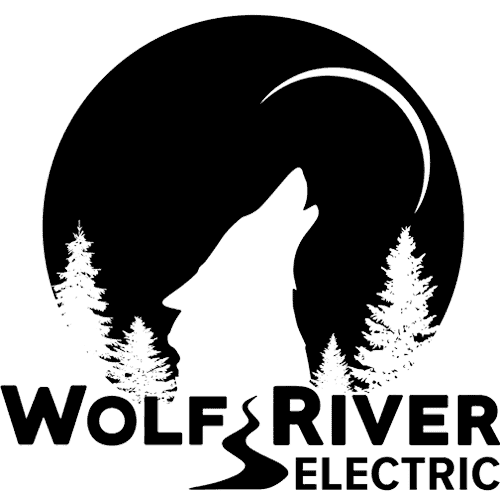
Proactive measures can be your shield against nature’s unpredictability on your solar PV system. Or else hail damage on the panels may cause havoc. Remember, at Wolf River Electric, we’re not just about providing solar solutions; we’re committed to ensuring your investment stands the test of time and weather.
From durable panel options to innovative protective technologies, we’ve got you covered. Embrace renewable energy without fear, and hailstorms won’t dim your solar dreams. Reach out today, and let’s fortify your energy future together.
The sky’s the limit when it comes to solar power, and with our expertise, your panels will shine through any storm, brightening your world with sustainable, resilient energy.
FAQs: Can Hail Damage Solar Panels?
Can you install solar panels if you live in an area prone to hail storms?
Yes, you can install solar panels in hail-prone areas. However, you must take precautions and select durable panels to withstand potential hail damage. Look for panels with higher impact ratings and tempered glass, as these are more resistant to hail impacts. Also, consider installing protective measures like hail guards or elevated mounting to reduce direct exposure to hail.
Will my solar panels work if cracked by hail?
Solar panels can still function if cracked by hail, but the extent of damage determines their efficiency. Small cracks have minimal impact on performance, but larger ones can decrease output. It's advisable to assess the damage promptly with a professional to ensure safety and efficiency. Insurance or warranties may cover replacements for significantly damaged panels.
How much damage can hail do to solar panels?
Hail can cause varying degrees of damage to solar panels depending on the size and speed of the hailstones. Smaller hail might result in superficial scratches, while larger hailstones can cause dents, cracks, or even shatter the glass. Impact-resistant panels are designed to endure hail better, minimizing damage and maintaining functionality
Does insurance cover solar panels damaged by hailstones?
Insurance coverage for solar panels damaged by hailstones depends on your policy. Some homeowner insurance policies cover solar panels as part of the dwelling coverage, while others might require additional coverage for specific perils like hail damage. Review your policy carefully, and if your panels are damaged, document the incident thoroughly and contact your insurance provider promptly to understand the coverage and file a claim if applicable.
Are there measures to minimize hail damage to solar panels?
Yes, several precautions can reduce hail damage risks. Opt for panels with higher impact resistance and tempered glass. Additionally, consider installing protective measures like hail guards, which act as shields against hail impact. Adjusting the panel's tilt or orientation and using elevated mounts can also mitigate direct exposure to hail. Regular maintenance and inspections can help detect minor damage early, preventing more significant issues.
Can hail damage affect the efficiency of solar panels over time?
While minor hail damage might not immediately impact efficiency, extensive damage could affect panel performance over time. Cracks or shattered glass can lead to moisture ingress, reducing panel efficiency or causing malfunctions. It's essential to address any significant damage promptly through repairs or replacements to maintain optimal panel efficiency and longevity.
Join Our Solar Community
Get exclusive access to the latest solar news, tips, and promotions!
